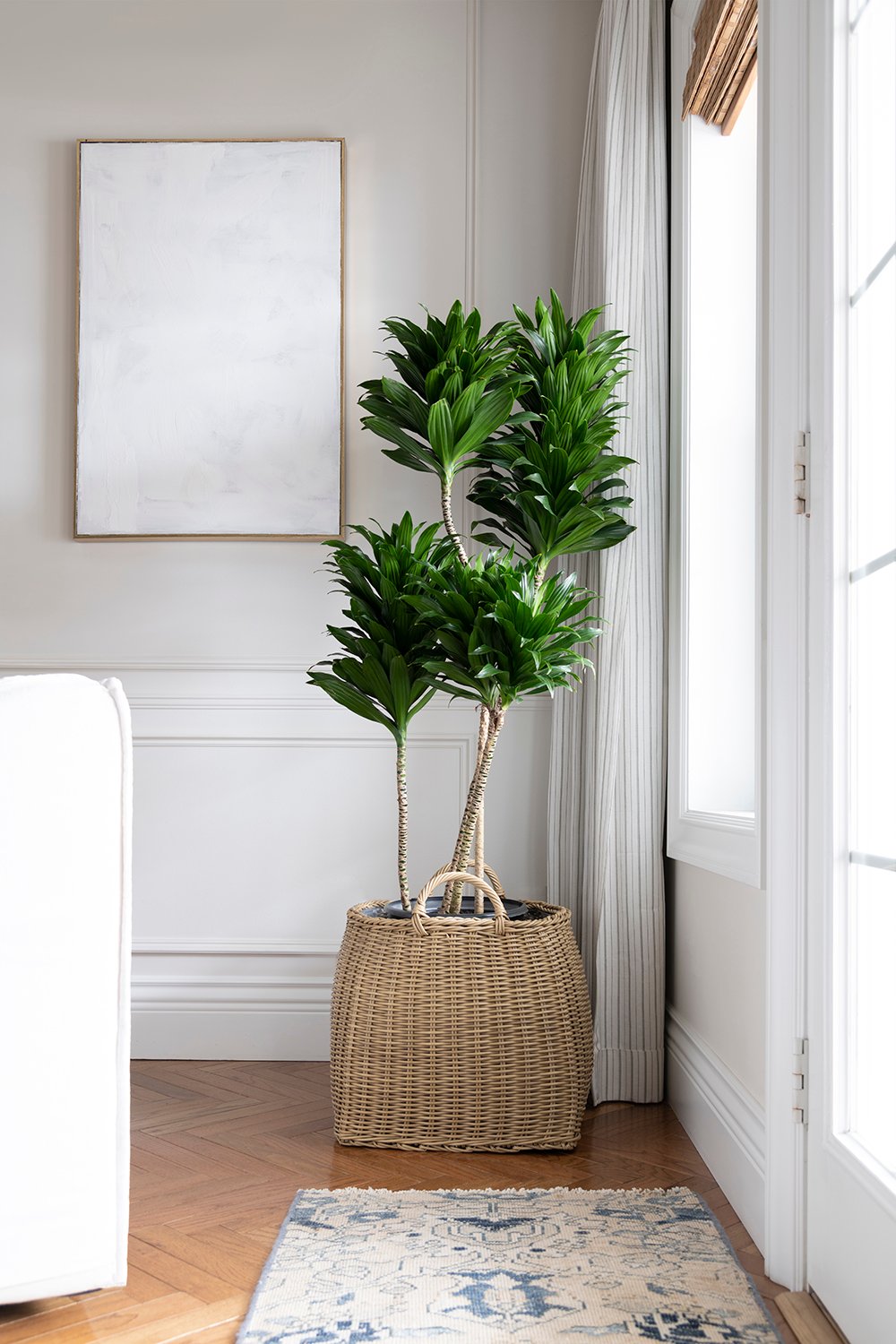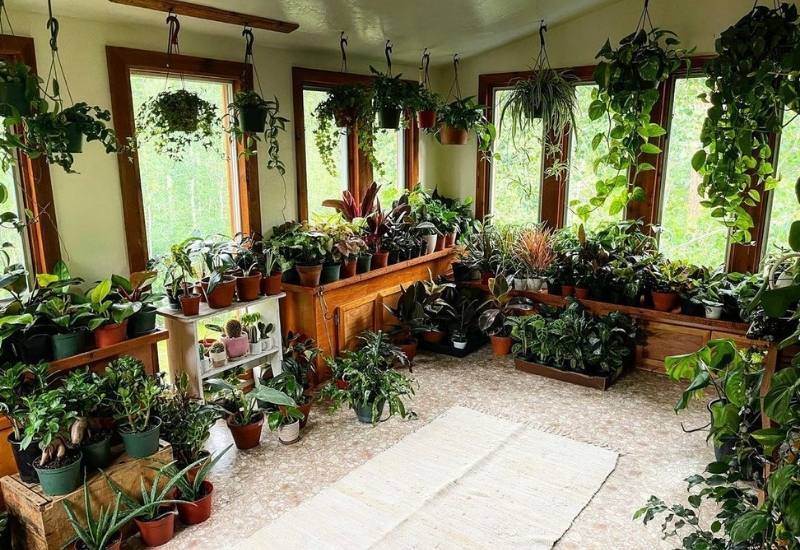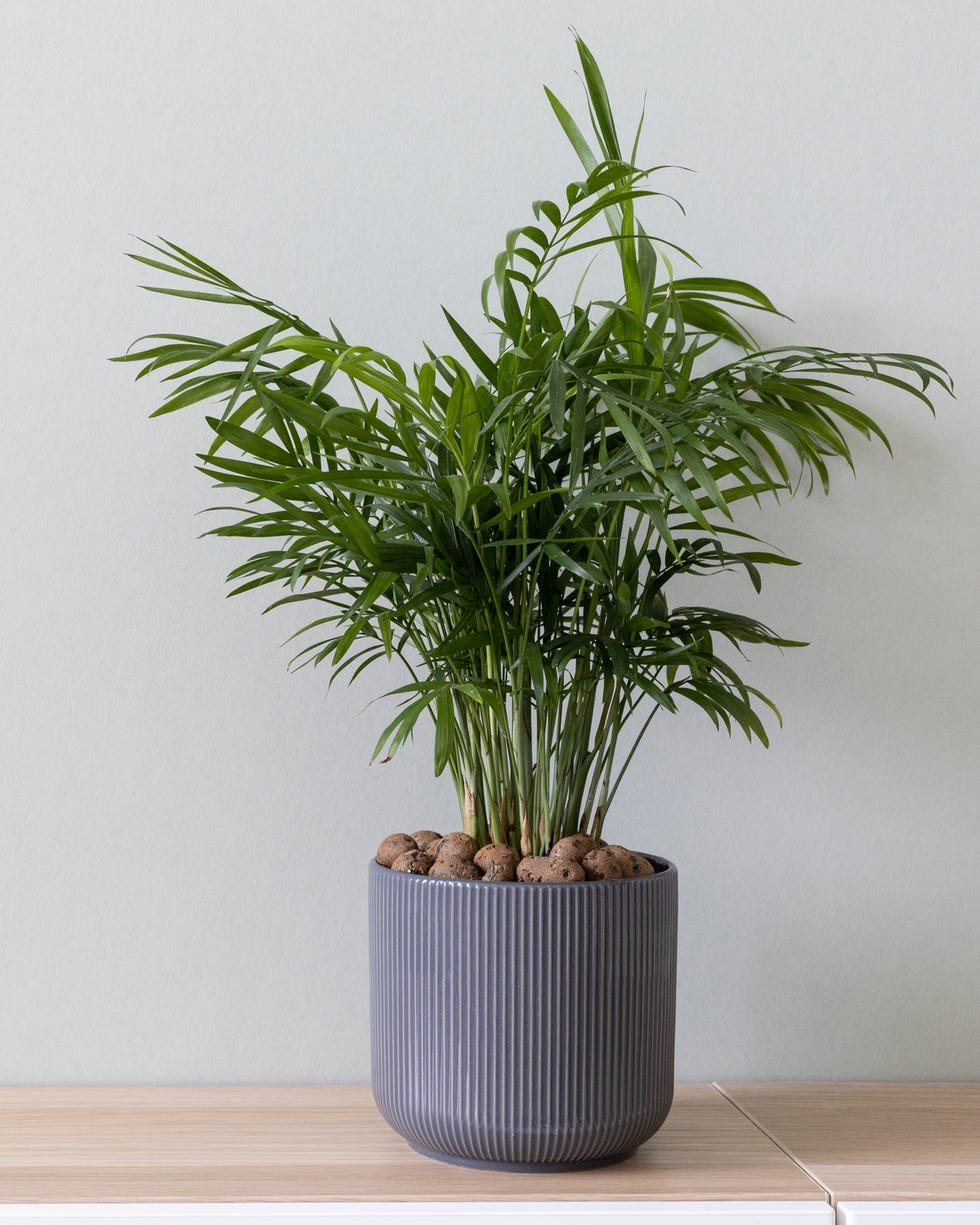Explore the Best Low-Light Indoor Plants for Easy and Stylish Home Decor
Explore the Best Low-Light Indoor Plants for Easy and Stylish Home Decor
Blog Article
Uncover the Keys of Low-Light Indoor Plants and Just How They Boost Your Setting
Low-light interior plants have garnered boosting focus for their unique capability to enhance both visual appeal and ecological high quality within offices and homes. These resilient types, including the Serpent Plant and Tranquility Lily, not just flourish in tough illumination problems but additionally play a pivotal function in air purification and psychological wellness.
Benefits of Low-Light Indoor Plants
Although many individuals presume that interior plants require bountiful sunlight to flourish, low-light interior plants offer a wide range of advantages that make them excellent for different atmospheres. Among the main advantages is their versatility; they can grow precede with restricted all-natural light, such as offices, basements, or areas with small windows. This function allows individuals to enhance their environments with plant, adding to improved aesthetic appeals without the need for substantial illumination alterations.
Additionally, low-light interior plants can considerably improve interior air top quality by launching and filtering hazardous contaminants oxygen, making living spaces healthier. Research study has revealed that specific selections can absorb pollutants, hence promoting a cleaner environment. Furthermore, they can enhance psychological well-being by decreasing tension and increasing performance. The existence of plants has been connected to higher feelings of peace and focus.
In addition, low-light plants often require much less maintenance than their sun-loving equivalents, making them optimal for active people or those brand-new to horticulture. Their durability allows them to love minimal intervention, therefore giving a gratifying experience for plant lovers and newbies alike. In summary, low-light indoor plants offer both practical and aesthetic functions, making them beneficial enhancements to any type of room.
Top Low-Light Plant Ranges
Low-light interior plants come in a selection of varieties, each offering unique attributes and advantages matched for dark environments. Amongst the most preferred ranges is the Serpent Plant (Sansevieria), recognized for its architectural leaves and air-purifying capacities. This resistant plant flourishes on neglect and can tolerate a vast array of light conditions.
One more outstanding option is the ZZ Plant (Zamioculcas zamiifolia), which features glossy, dark eco-friendly leaves and is extremely drought-tolerant. Its adaptability makes it a favored for workplaces and homes with limited sunlight.
The Pothos (Epipremnum aureum) is also a top competitor, with its trailing vines and heart-shaped fallen leaves - Best low-light indoor plants. This functional plant can be trained to climb up or cascade, including aesthetic rate of interest to any kind of space

Treatment Tips for Low-Light Plants
Looking after low-light indoor plants requires a nuanced understanding of their certain needs to make sure optimal development and vigor. It is important to select the right potting mix, as a well-draining dirt is essential to stop root rot. A blend made for houseplants, typically consisting of peat moss and perlite, works well for a lot of low-light ranges.
Watering is another key aspect of care. Low-light plants usually call for less frequent watering contrasted to their sun-loving counterparts. It is a good idea to inspect the top inch of soil; if it feels completely dry, it's time to water. Overwatering can result in difficulties such as mold and origin decay.
Fertilization should be approached with caution. During the expanding season, a watered down fluid fertilizer can be you could try this out used monthly, but in winter season, numerous low-light plants get in inactivity and require little to no fertilization.
Last but not least, it's crucial to periodically clean up the fallen leaves to get rid of dirt, enabling for much better light absorption. By adhering to these care pointers, you can cultivate a growing setting for your low-light interior plants, boosting both their appearance and longevity.
Enhancing Air High Quality With Plants
Indoor plants play a substantial role in enhancing air quality within homes and workplace. Through the process of photosynthesis, these plants soak up carbon dioxide and release oxygen, adding to a much healthier environment. In addition, certain low-light indoor plants possess the capability to filter harmful pollutants, such as benzene, formaldehyde, and trichloroethylene, which are commonly discovered in indoor environments.

Additionally, the existence of indoor plants can enhance humidity degrees, which helps relieve completely dry skin and respiratory problems, further boosting total wellness. This capacity to improve air top quality not only advertises physical health but also sustains mental health.
Integrating low-light indoor plants right into your living and working spaces can result in an extra lively and invigorating setting (Best low-light indoor plants). Purchasing these all-natural air purifiers is a straightforward yet efficient strategy for enhancing indoor air quality and cultivating a much healthier way of living
Producing a Serene Indoor Room
The integration of plants right into living areas not only enhances air quality yet also adds to a peaceful environment. Low-light indoor plants, such as serpent plants and her explanation pothos, are particularly efficient in developing a peaceful setting, as they thrive in conditions that might otherwise be inhospitable for other plant. Their lush foliage supplies a relaxing aesthetic, decreasing tension and advertising relaxation.
Integrating these plants into your home or office can stimulate a feeling of peace and health. Strategically positioning them in locations where you invest substantial time, such as living areas or workspaces, allows for an immersive experience with nature, which has actually been revealed to enhance mood and cognitive function.
In addition, the mild activity of fallen leaves in action to air flow can develop a vibrant aesthetic aspect that boosts the overall ambiance. Consider utilizing a selection of plant heights and structures to add deepness and interest to your space. With thoughtful placement and treatment, low-light indoor plants can change any location into a serene sanctuary, promoting not just aesthetic complete satisfaction but likewise emotional and emotional health.

Verdict
Including low-light interior plants right into numerous atmospheres yields considerable benefits, consisting of improved air top quality and boosted visual charm. The transformative power of low-light plants underscores their value in improving both work-related and property settings.
Although numerous people presume that interior plants require plentiful sunlight to flourish, low-light indoor plants provide a plethora of benefits that make them suitable for various atmospheres.Moreover, low-light interior plants can significantly improve indoor air top quality by filtering system damaging toxic substances and releasing oxygen, making living areas healthier. Furthermore, certain low-light interior plants possess the capacity to filter hazardous toxins, such as formaldehyde, trichloroethylene, and benzene, which are frequently discovered in indoor settings.
Low-light interior plants, such as snake plants and pothos, are specifically reliable in developing a peaceful setting, as they prosper in conditions that might or else be inhospitable for various other greenery.Integrating low-light indoor plants into various settings returns significant advantages, consisting of improved Web Site air quality and enhanced aesthetic charm.
Report this page